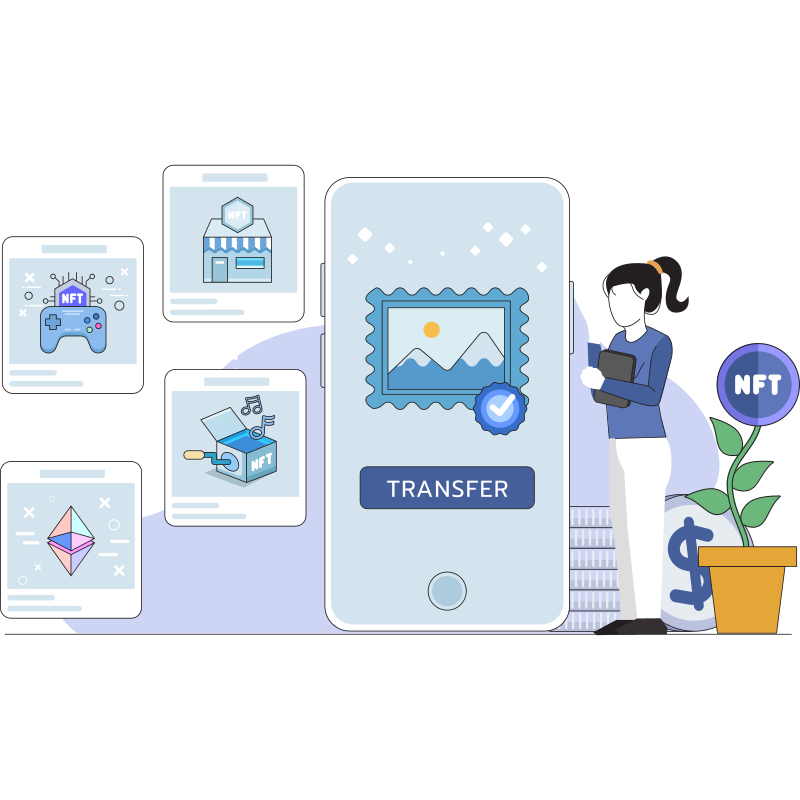The tokenization of money market funds by the bank and BlackRock fits in with the institutional DeFi program of the Monetary Authority of Singapore.
JPMorgan (JPM) thinks it has found a way for Decentralized Finance (DeFi) developers to use the yield-generating potential of non-crypto assets.
Tyrone Lobban, head of JPMorgan’s Onyx Digital Assets, spoke to CoinDesk at Consensus 2022 in Austin, Texas, about the bank’s institutional-grade DeFi aspirations and how much value is waiting in the wings in tokenized assets.
“We believe that, over time, tokenizing U.S. Treasurys or money market fund shares, for example, will allow these assets to be utilised as collateral in DeFi pools,” Lobban said. “The main goal is to bring these trillions of dollars of assets into DeFi so that we can use these new mechanisms for trading, borrowing, and lending, but on a scale that is comparable to institutional assets.”
Institutional DeFi involves putting know-your-customer (KYC) requirements on crypto’s permission less lending pools, like Aave Arc and a recently announced partnership between Siam Commercial Bank and Compound Treasury.
JPMorgan’s plans, which include the tokenization of traditional assets, suggest a considerably greater scale. According to Lobban, Onyx Digital Assets sees two complementary aspects to bringing bank-grade DeFi to fruition.
JPMorgan’s blockchain-based collateral settlement system, which was recently expanded to incorporate tokenized copies of BlackRock’s money market fund shares, a type of mutual fund that invests in cash and highly liquid short-term debt instruments, is one component. According to Lobban, the trading volume for this type of application on the Onyx Digital Assets blockchain, which is paid in the bank’s in-house digital token JPM Coin, has reached $350 billion.


The second element of the puzzle is “Project Guardian,” a recent experiment led by the Monetary Authority of Singapore and involving JPMorgan, DBS Bank, and Marketnode. It uses tokenized bonds and deposits in permissioned liquidity pools to test how well institutional-friendly DeFi works.
These DeFi enterprises will use public blockchains and a permission structure, similar to what Aave Arc and Fireblocks are doing. One difference, according to Lobban, is that under Project Guardian, significant financial institutions that are participating verify consumer information rather than DeFi platforms and crypto-native custodial organizations. To put it another way, a JPMorgan trader must demonstrate that he has the legal authority to trade on behalf of the Wall Street bank.
Certificates that can be verified
Another difference is that permissioned DeFi uses a new way to build digital identities, based on things like W3C verifiable credentials.
“We want to employ verifiable credentials as a manner of identifying and establishing identity,” Lobban stated, noting that this differs from the present Aave concept. “Verifiable credentials are intriguing because they can provide the scale required to allow access to these pools without requiring the maintenance of a white list of addresses.” “You don’t have the same overhead connected with writing this kind of information to the blockchain, paying for gas fees, etc. because verifiable credentials aren’t kept on-chain.”
JPMorgan hasn’t chosen which DeFi platforms and counterparties it will work with, but it will be among the well-known options, according to Lobban. “You may anticipate it to come from a bench of battle-tested protocols with high TVs” (total value locked). However, we haven’t figured out which ones yet.
Lobban says that for the past two and a half years, JPMorgan has been studying digital identification in the context of blockchain and digital assets.
“If we can put this identity layer in front of DeFi that provides KYC-based access, then each of those protocols should be able to support institutions without having to make too many adjustments,” Lobban added. “Do we need to create separate permission pools and modify existing protocols?” Is it possible that these products will work right out of the box? “

